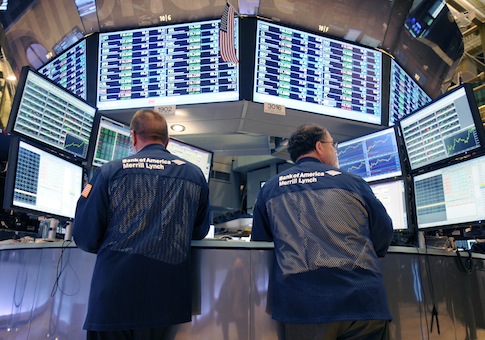The U.S. economy grew in the second quarter of 2015 as real gross domestic product (GDP) increased at an annual rate of 2.3 percent, according to Bureau of Economic Analysis (BEA) data released Thursday.
This is an increase from the 0.6 percent growth the economy saw in the first quarter of 2015. That number was revised from an original report of a 0.2 percent decline in the first quarter of 2015.
But the 2.3 percent growth just announced is down from the 4.6 percent growth experienced in the second quarter of 2014.
The real GDP measure of 2.3 percent represents the Bureau’s "advance" estimate, which is based on incomplete source data. A second, more detailed estimate will be released on Aug. 27, 2015. Real GDP is adjusted for inflation and represents the value of the production of goods and services in the United States.
BEA says the increase in real GDP was due to personal consumption expenditures, exports, government spending, and residential fixed investment. According to BEA, these were offset by negative contributions from federal government spending, private inventory investment, and nonresidential fixed investment.
Economists predicted that real GDP would rise by 2.7 percent, according to the Wall Street Journal. "A reading much lower than that could renew concerns about the economy’s underlying momentum heading into the second half of the year," WSJ stated.
In its release, BEA also explained the implementation of calculating a new measure of the economy, the average of GDP and gross domestic income (GDI). This average increased 0.5 percent in the first quarter of 2015 and estimates for the second quarter will be available next month.
GDI measures things such as employee compensation, corporate profits, and small business income.
According to BEA,GDI is "the sum of the income earned—by labor (compensation of employees), by governments (taxes on production and imports less subsidies), and by entrepreneurs (net operating surplus, which is a profits-like measure for private enterprises, and for government enterprises)—and the consumption of fixed capital."
BEA says the aggregate of these two measures GDP and GDI will facilitate the analysis of macroeconomic trends.
